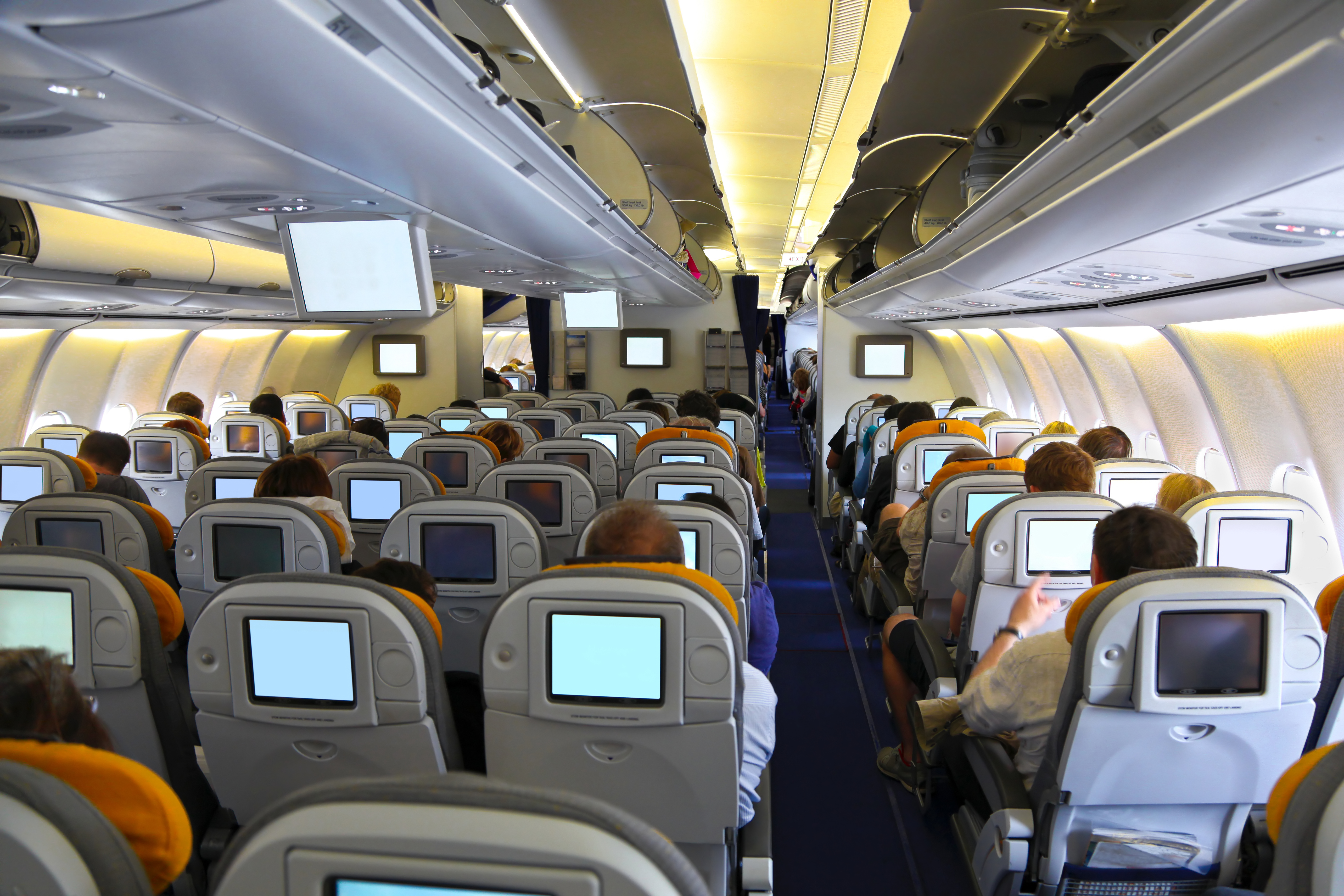
Nautilus members taking long plane journeys to reach their vessels are being advised to take precautions against deep vein thrombosis.
Seafarers are frequent flyers – and frequent flying significantly raises the risks of potentially deadly deep vein thrombosis (DVT), members heard at the Union’s March 2018 Professional & Technical Forum in Wallasey.
DVT is a blood clot that forms within a vein – usually in the lower leg or calf – when someone sits in the same position for a long period and blood begins to pool inside the veins and coagulate.
Taking lots of flights, or flying for more than eight hours at a stretch, can raise the chances of developing DVT by up to sevenfold. However, anyone travelling for more than four hours can be at risk.
‘It really can happen to anyone,’ Joe Barter, from the compression garments firm Isobar, told the forum.
One in every 25 people taking a flight will develop what’s known as asymptomatic DVT – a clot that forms within a vein, normally in the leg or calf – and these will usually break down naturally. But they can present a serious threat to life if a part breaks off and travels to the lungs, causing a blockage (a pulmonary embolism).
The first signs of a problem include soreness and swelling in the calf or lower leg. Your skin may feel warm to the touch and look red. However, in many cases symptoms may not be apparent.
There is no evidence that being in business class reduces the risk of getting DVT.
Symptoms of a pulmonary embolism can include:
- difficulty breathing
- faster than normal or irregular heartbeat
- chest pain or discomfort, which usually worsens with a deep breath or coughing
- coughing up blood; and lightheadedness, or fainting
If you develop DVT, you are likely to be off work for up to three months and will be unable to fly again for three to six months. Half of those who get DVT also suffer long-term damage.
Although DVT has been described as ‘economy class syndrome’, there is no evidence to show that business class reduces the risk of getting DVT. The problem is that unless your leg muscles are kept active, blood will pool in one place.
Other risk factors include weight, height and family history – but there are plenty of precautions that you can take to limit the chances of developing the condition.
The NHS advice includes:
- wear loose,comfortable clothes
- do anti-DVT exercises
- walk around whenever you can
- drink plenty of water
- don’t drink alcohol or take sleeping pills
Travellers are also advised to wear compression socks for flights of four hours or more. These are meant to apply gentle pressure to the ankle to help the blood flow.
However, the NHS stresses that it is vital that compression stockings are measured and worn correctly.
Some studies suggest that more than 90% of off-the-shelf socks do not achieve acceptable pressure – and ill-fitting stockings could actually increase the risk of DVT.
Isobar – which was established by a doctor – produces custom-fit compression socks, made for the individual from a 3D scan of their legs. Mr Barter claims the products almost entirely eliminate the risk of DVT, with the graduated compression gently squeezing blood from the surface veins back into the deep veins and helping to push blood back up to the heart.
Tags
